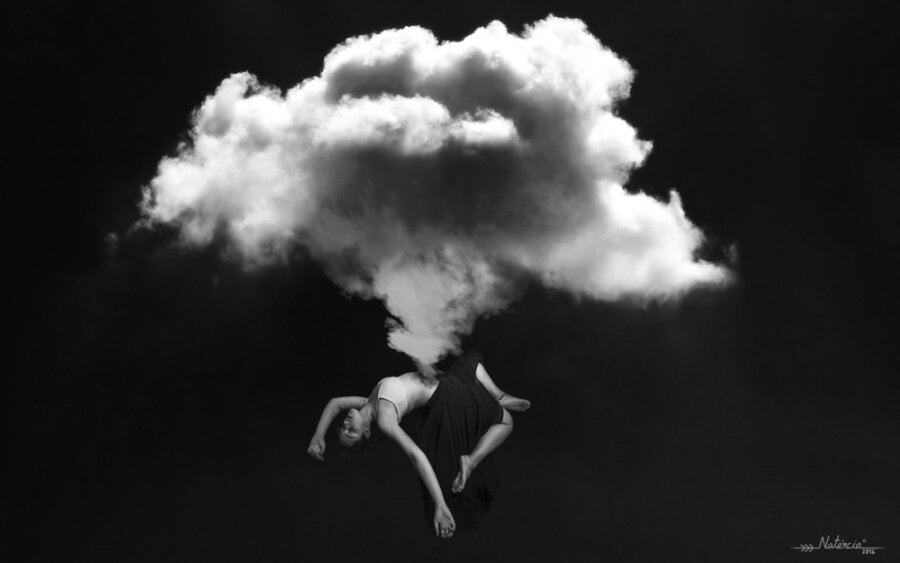Natércia Lameiro: On Learning to Photograph Without Film
All images by . Used with permission.
Photographer is based on Portugal, and tells us that she first started to concept the idea of photos by simply looking through the viewfinder. If you’re someone who learned the art form in school, it’s quite possible that this how you first started to work on composition. Combine this with the fact that Ms. Lameiro never got into painting like she intended, then add in some influences by Dali, and you’ve got a lot of interesting ways that one can truly approach photography.


What makes black and white photography so important to you?
I’ve always liked black and white photography, but it took me a while to fully understand why I like it so much.
When you take the color out of a photo, only lines and contrast are left behind. With this, you start to pay more attention to textures, either from the materials or from the grain itself. These textures highlight and bring into foreground lines and curves.
When you take out the color of a reality, you are deconstructing it, giving it a new meaning, a new vision. As an example, we can look at black and white architectural photography. When minimal lines from buildings are no longer colored we start to see the image as a more abstract scenario. We no longer see walls and corners; instead, we see lines that lead our eyes through the image, taking us inside the photograph. We start to see with different eyes.
What inspires you to create photographs?



I started photographing when I was 12 with a compact camera. Before that I had an analog camera with no film. I liked to look through the viewfinder and define possible pictures and frames. I’ve always been captivated by the idea of saving a reality inside of a frame. More than that, I was interested in what the frame would bring to people, and, what idyllic vision of reality it would bring to them.
About surreal photography: I studied art for three years and I never managed to paint the things that I had in my mind. I was full of ideas, but once I tried to put them on canvas it never went as I wanted. At the same time, I was discovering Phillipe Halsman’s work with Salvador Dali and his amazing photographs. I was impressed by his work and that made me realize that perhaps I was trying my ideas in the wrong way. Photography was the key.
I remember that I started with a similar process to Halsman’s. I tried to do a recreation of one of his pictures with flying cats and floating water. Well…even today my cat remembers that shooting! After that, I realized that I couldn’t just simply do all my ideas by throwing cats into the air. That was when I discovered Photoshop. I started to take basic pictures and mix them like you would do on canvas. Since then, I’ve been trying all kind of things; small people doing things with big objects, people flying, overlays, etc. Let’s just say that I started to explore surreal photography because I was a terrible painter.
Why is black and white photography so important to our future in the art world?
Well that’s a difficult one. I think what all photographers are doing today, and will keep trying to do, is to reinvent black and white photography. In the past we didn’t have a choice. There was only black and white photography for everything. Color was not something possible to imagine in frame. Nowadays we’ve can choose, either color or black and white. The choice is about how we use the black and white in our own concept. What do we want to show? The textures and contrasts, or the color?



People should always ponder if black and white really brings out their photographic work. What I feel is that nowadays everyone uses it in their pictures, sometimes not thinking about how they would be in color. For me it’s not about covering up color mistakes or to give a more retro look. It can also be used for that of course, but a lot of people tend to forget the rest they are bringing or taking from to their pictures making that choice.
What I would like to see in the future is more sensibility in regard to this option, and, if they choose black and white, to bring out the best of it. In this way we can actually improve Black and White works.
